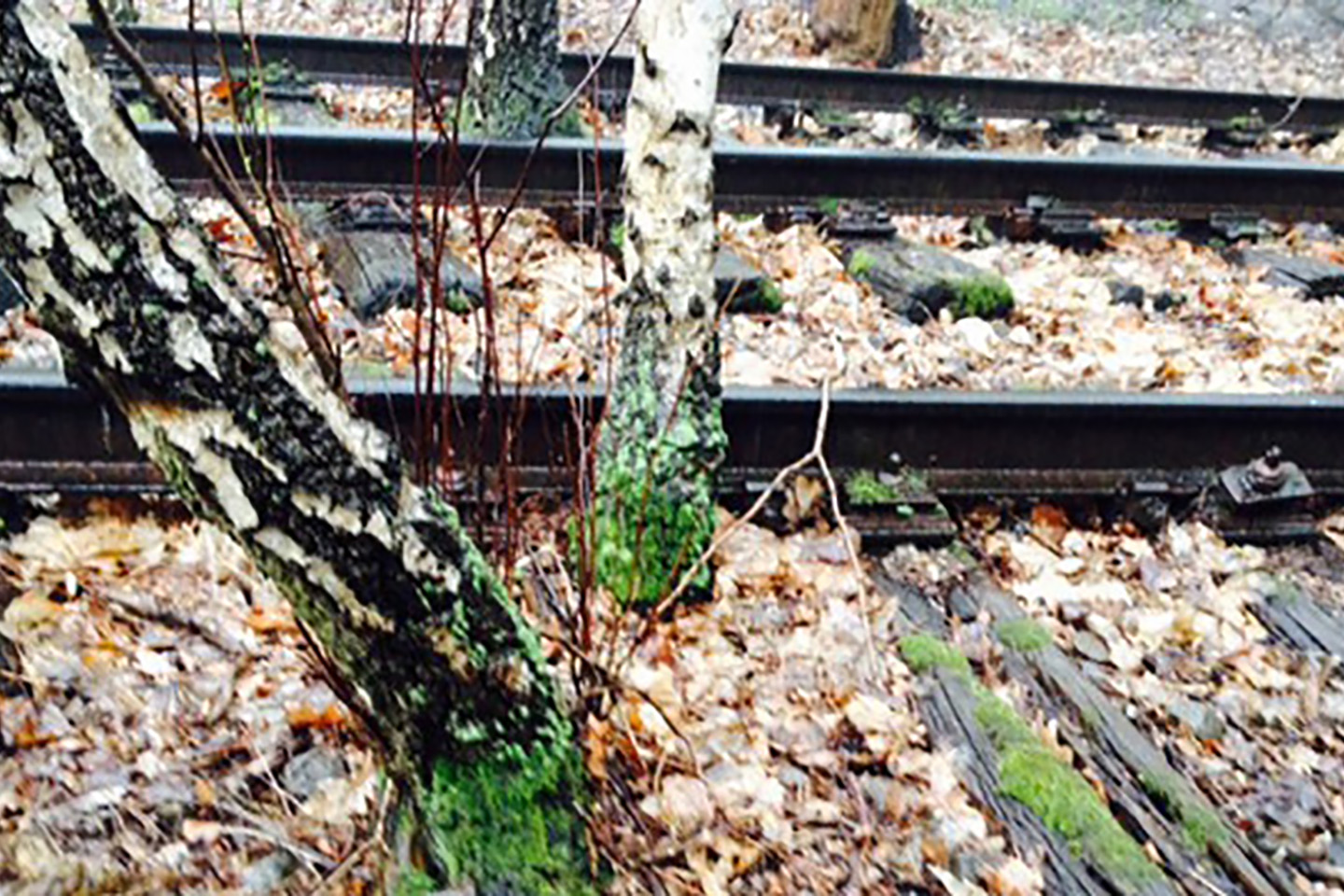
Seminar at international Anthropocene Campus, Berlin, with Bettina Stoetzer
Bettina Stoetzer presented at and co-organized a three-day workshop on “Feral Technologies and Multispecies Dumps” together with Anna Tsing and Elaine Gan (Anthropology and Film & Digital Media Studies at UC Santa Cruz and Aarhus University) at the Anthropocene Campus: The Technosphere Issue in Berlin, April 15-22, 2016.
The Campus was part of ongoing trans-disciplinary collaboration initiated by Haus der Kulturen der Welt (HKW, Berlin) and the Max Planck Institute for the History of Science (Berlin), which engages with the so called “Anthropocene thesis,” a thesis based on the premise that humanity has so profoundly shaped “ nature” and the geological formation of our planet that our concept of nature is outdated and the nature/culture divide requires rethinking across the natural sciences, humanities, arts and social sciences.
In this project, around forty scholars from around the world, working in the natural, environmental, and social sciences, as well as the humanities, arts, and architecture, jointly developed a curriculum for opening “up new fields of knowledge and seeking to respond to the challenges of the “age of humankind” by thinking beyond institutionalized disciplines, educational formats, and teaching content.” See Anthropocene Curriculum | Campus: The Technosphere Issue.
Workshop
The workshop, “Feral Technologies: Making And Unmaking Multispecies Dumps” by Anna Tsing (UC Santa Cruz), Elaine Gan (UC Santa Cruz), and Bettina Stoetzer (MIT) posed these questions:
“What are we to make of proliferating crises: environmental degradation, forced migration, species exterminations, unforgiveable debt? These are unfolding simultaneously within a golden age of technoscientifically enhanced discoveries: maze-busting slime molds, coevolving immune systems, more-than-human webs of symbiotic, invasive, artificial intelligence. Every day, we bounce between creativity and catastrophe, grappling with love and rage. The paradoxes are not hard to enumerate. The real challenge lies in describing their entanglement. And yet, the Anthropocene trips up hard-earned categories and practices, pressing for radical approaches to understanding novel social dynamics. Rather than elaborating a straightforward analytical tool for defining a human-centered geological epoch, the Anthropocene presents a multidimensional puzzle structured around complexities and ruptures. When nature and culture—ways of being and ways of belonging— can no longer be studied as exclusively human, nonhuman or machine, how might we approach this puzzle? Who inhabits and orders the Technosphere? This seminar conceptualizes the Technosphere as an unintended muddle of multispecies relationships that emerge from contaminated landscapes, postwar rubble, and garbage heaps—in short, dumps. Such a muddle may be considered through feral technologies—novel and weedy capacities for materially significant change. Critical studies of change call for serious attention to companion species and the making and unmaking of multiple technologies of coordination.”
Interdisciplinary Exercise
The seminar proposed an interdisciplinary exercise in critical description: a mix of fieldwork on ruderal ecologies, digital art, and multispecies ethnography. It was grounded in a joined field trip to an abandoned train yard called Schoeneberger Suedgelaende in Berlin, an area that was recently transformed into a nature park.
Images from field trip
ABOVE: Train tracks and their unexpected, feral ecologies at Schoeneberger Suedgelaende Park, Berlin
BELOW: Pathway, Schoeneberger Suedgelaende (below)
(also see MORE IMAGES)
